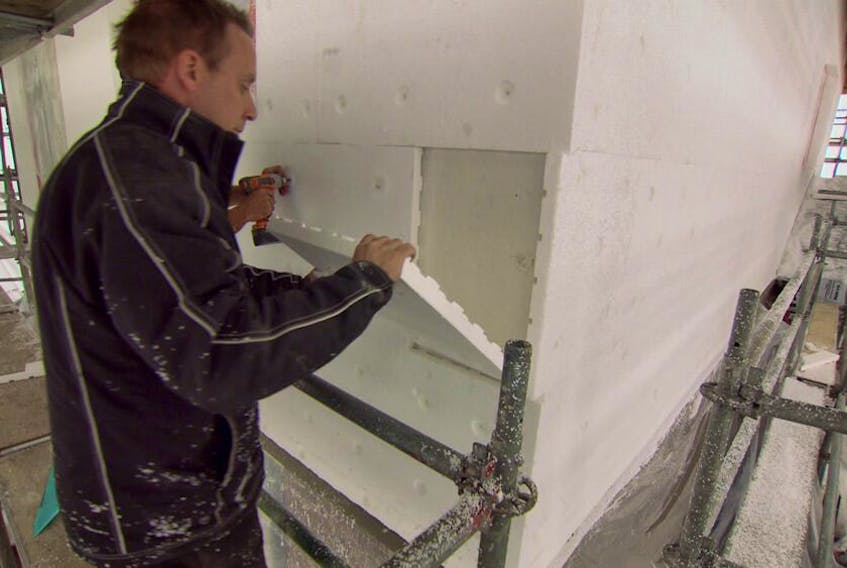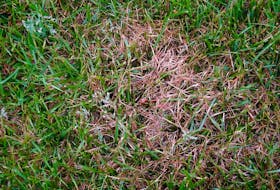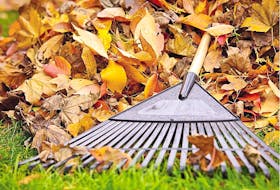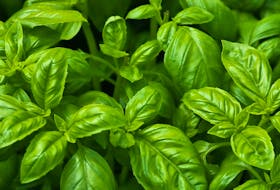Exterior Insulation Finish Systems (EIFS) is a popular exterior wall system. It’s not hard to see why. When done right, it can provide a good barrier against rain and snow, offers some extra insulation, and it can add a lot of character to a house. Homeowners often conflate EIFS with stucco, and while there is a stucco layer to your EIFS, if you’re just using stucco, you won’t have that extra insulation.
If we’re doing an EIFS project, we often pair it with other masonry, like brick. Why? Keeping EIFS away from the ground, where it will be exposed to more moisture (from snow, the ground, and precipitation) will help prolong its life. So, typically, we’ll do the EIFS at the top of the home and leave the masonry below. This even helps add some character to your home — upping the curb appeal.
That said, you can also utilize systems that control the air and moisture behind your EIFS to protect it right. You have your substrate (oriented strand board, or OSB), an air and moisture barrier, your EIFS, and two to three layers of stucco. It’s a lot, so fixing issues with these finishes can get expensive.
Now here’s where things get complicated. Enter the woodpecker.
Did you know that the woodpecker is a legally protected species? I believe in preservation, so I’m glad to see Canada taking steps to protect our wildlife. But when left to their own devices, woodpeckers can be a real nuisance to homeowners.
Why? Well, with EIFS homes, especially, woodpeckers can cause some serious damage. A woodpecker can drill through EIFS without much problem. Those beaks are tough! Why do they do it? They could be looking to make noise to attract a mate, find or store food, or make a nest.
The end result is the same: a woodpecker can ruin your EIFS, which could eventually lead to some structural damage — as well as cause some issues with water, mould and rot.
But the No. 1 complaint I hear from homeowners about woodpeckers is, of course, the noise! All that pounding, pecking and drilling is enough to drive anyone nuts.
I’ve seen some pretty creative homemade solutions, but most of them don’t seem to have the desired effect — and some of these options look downright ugly! I’ve seen desperate homeowners hanging reflective objects like foil, CDs and reflective tape in an attempt to scare off woodpeckers. However, these are not permanent solutions. So as homeowners, how can we both protect this species AND protect our sanity and the structure of our homes?
SOLVING THIS PECK-ULIAR PROBLEM
If you think you can go around your home and simply patch the holes in your EIFS, you could try — but that won’t stop the woodpecker from returning and drilling new holes in your siding. Do you want to be doing that every time? Probably not. So where can we make adjustments to our systems to keep the pecking at bay, without completely changing up our plans for siding?
The initial layers for installing EIFS remain the same. You place your substrate, and air and moisture barriers like before. Where we want to change things up is in the EIFS layer itself. I’ve been working with a company that’s developed a new way of building this layer that deters woodpeckers and other creatures from tearing your siding apart.
Essentially, over top of the foam panels that make up the EIFS, they install a steel meshing that will rest underneath the stucco layers. When a woodpeckers drills into this mesh, it changes up the “feel” of the peck just enough to alert them that they can’t drill their way through it.
Stucco layers are pretty thin — so a woodpecker won’t tear through much before they hit that preventive steel mesh. They may try to peck a few more holes in your stucco, but when they hit the same resistance, after a few painful pecks, they’ll move on. If they left behind any small holes, you can patch them up easily.
Mike has been making it right for homeowners for over 15 years on television. To learn more, visit makeitright.ca









